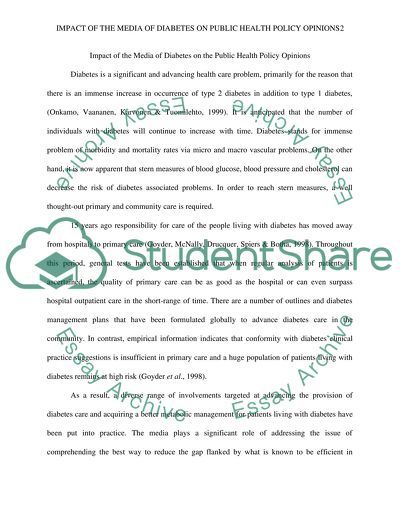Cite this document
(“Diabetes Essay Example | Topics and Well Written Essays - 2500 words - 1”, n.d.)
Retrieved from https://studentshare.org/nursing/1490144-diabetes
Retrieved from https://studentshare.org/nursing/1490144-diabetes
(Diabetes Essay Example | Topics and Well Written Essays - 2500 Words - 1)
https://studentshare.org/nursing/1490144-diabetes.
https://studentshare.org/nursing/1490144-diabetes.
“Diabetes Essay Example | Topics and Well Written Essays - 2500 Words - 1”, n.d. https://studentshare.org/nursing/1490144-diabetes.


